Hiking is more than just a walk in the woods—it’s a journey through nature’s ever-changing moods. From muddy spring trails to scorching summer ridges, crisp autumn paths, and icy winter slopes, every season demands something different from your footwear. The right pair of mens hiking shoes can make or break your adventure, offering support, protection, and comfort no matter the conditions.
With so many options out there—hiking boots, lightweight shoes, and waterproof hiking boots—how do you choose the best pair for year-round exploration? In this guide, we’ll dive into the world of hiking boots for men, breaking down what makes a great pair for each season and spotlighting why Northside USA is a go-to for quality and affordability.
Why Season-Specific Hiking Shoes Matter
Hiking isn’t a one-size-fits-all activity, and neither are hiking shoes. A lightweight, breathable pair perfect for summer might leave your feet soaked and freezing in winter. Conversely, heavy insulated boots could make a spring hike feel like a slog. Choosing hiking shoes for men tailored to the season ensures you’re prepared for whatever Mother Nature throws your way—be it rain, snow, heat, or rocky terrain. Let’s explore how to pick the best mens hiking boots for spring, summer, fall, and winter, with tips to maximize comfort and performance.
Spring: Waterproof and Breathable for Muddy Trails
Spring hiking means wet trails, unpredictable showers, and plenty of mud. Your shoes must keep your feet dry while preventing overheating during those warmer days. Hiking boots waterproof designs are a must, with materials like Gore-Tex or sealed leather to repel water. Breathability is equally important to avoid sweaty feet on longer treks.
Northside USA’s mens hiking boots for spring feature waterproof membranes paired with mesh panels for ventilation. Look for mid-height boots to protect against puddles and debris, with aggressive lugs on the outsole for grip on slippery surfaces. A cushioned midsole, like EVA or polyurethane, absorbs the impact of uneven terrain, making these boots ideal for day hikes or weekend backpacking trips.
Pro Tip: Pair your spring hiking boots with moisture-wicking socks to enhance breathability and keep blisters at bay.
Summer: Lightweight and Ventilated for Hot Days
Summer hikes call for lightweight, airy shoes that keep your feet cool under the blazing sun. Low-cut mens hiking shoes are perfect for well-maintained trails, offering flexibility and breathability without sacrificing support. Look for uppers made of mesh or synthetic materials with plenty of ventilation, and avoid fully waterproof models unless you’re expecting stream crossings—non-waterproof shoes dry faster.
Northside USA’s summer-ready hiking shoes for men combine durable synthetic uppers with breathable linings, keeping your feet comfortable on long, hot days. A grippy rubber outsole ensures traction on dry or rocky paths, while a lightweight EVA midsole reduces fatigue. For added versatility, choose a pair with a reinforced toe cap to protect against stubbed toes on rocky scrambles.
Pro Tip: Apply sunscreen to exposed feet if wearing low-cut shoes, and consider gaiters for dusty trails to keep debris out.
Fall: Durable and Supportive for Crisp Adventures
Fall is a hiker’s dream—cooler temperatures, vibrant foliage, and crisp air. But fallen leaves can hide rocks and roots, and early frosts make trails slick. Hiking boots for men in fall should offer durability, ankle support, and reliable traction. Mid- or high-cut boots are ideal for stability on uneven terrain, especially if you’re carrying a heavier pack.
Northside USA’s mens hiking boots for fall are built with rugged leather or synthetic uppers, providing durability against abrasive rocks and branches. A Vibram or similar outsole delivers superior grip on wet leaves or loose gravel, while a supportive shank in the midsole stabilizes your stride. Waterproof options are a bonus for unexpected rain, but prioritize breathability if your region stays dry.
Pro Tip: Break in your fall boots before a big hike to avoid blisters, and clean them after each trip to remove dirt and extend their life.
Winter: Insulated and Grippy for Snow and Ice
Winter hiking is a beast of its own, with snow, ice, and freezing temperatures testing your gear. Waterproof hiking boots with insulation are non-negotiable to keep your feet warm and dry. Look for boots with 200-400 grams of insulation (like Thinsulate) for sub-zero conditions, and ensure they have a high cuff to keep snow out.
Northside USA’s hiking boots for men designed for winter feature waterproof leather uppers, sealed seams, and cold-resistant rubber outsoles for traction on icy trails. A padded collar and tongue add warmth, while a sturdy toe cap protects against hidden rocks. For extreme conditions, consider pairing your boots with crampons or snowshoes for added grip.
Pro Tip: Wear wool or synthetic socks for warmth, and loosen laces slightly to improve circulation in cold weather.
Key Features to Look for in Men’s Hiking Shoes
Regardless of the season, certain features define the best hiking boots for men. Here’s what to prioritize:
- Waterproofing: Gore-Tex or similar membranes keep feet dry in wet conditions.
- Traction: Deep, multidirectional lugs and cold-resistant rubber outsoles ensure grip.
- Support: A stiff midsole and ankle support prevent twists on uneven terrain.
- Breathability: Mesh panels or breathable linings reduce sweat and blisters.
- Durability: High-quality leather or reinforced synthetics withstand rough trails.
- Weight: Lighter shoes reduce fatigue, but heavier boots offer more protection.
Northside USA’s mens hiking shoes check all these boxes, balancing performance with affordability for hikers of all levels.
Fitting Your Hiking Shoes for Maximum Comfort
A poorly fitted hiking shoe can turn a great hike into a painful ordeal. Here’s how to get the perfect fit:
- Try on Late in the Day: Your feet swell slightly during the day, so try boots in the afternoon or evening.
- Wear Hiking Socks: Test boots with the socks you’ll wear on the trail—wool or synthetic for warmth and wicking.
- Check Toe Room: You should have about a thumb’s width of space between your toes and the boot’s end to prevent jamming on descents.
- Walk on an Incline: If possible, test boots on a ramp to ensure your heel stays secure and toes don’t slide.
Northside USA offers detailed sizing guides on their website, and their boots come in various widths to accommodate different foot shapes.
Why Choose Northside USA?
Since 1985, Northside USA has been crafting high-quality, affordable footwear for outdoor enthusiasts. Their mens hiking boots and shoes are designed with real-world hikers in mind, offering waterproofing, durability, and comfort without the premium price tag. Whether you’re a weekend warrior or a seasoned thru-hiker, Northside USA’s range of hiking boots for men has something for every season and trail.
From lightweight summer shoes to insulated hiking boots waterproof for winter, Northside USA combines cutting-edge materials with practical design. Their commitment to affordability means you don’t have to sacrifice quality to stay within budget, making them a top choice for hiking shoes for men.
Frequently Asked Questions (FAQs)
Q1: How do I know if my hiking shoes are the right fit?
A1: Your hiking shoes should feel snug but not tight. There should be enough room in the toe box to wiggle your toes, and the heel should fit securely to prevent slipping.
Q2: Are waterproof hiking shoes necessary?
A2: Waterproof hiking shoes are beneficial in wet conditions, but they may not be as breathable. Consider the climate and trail conditions when choosing.
Q3: How do I maintain my hiking shoes?
A3: Clean your shoes after each hike, let them dry naturally, and apply appropriate treatments to maintain their waterproofing and condition.


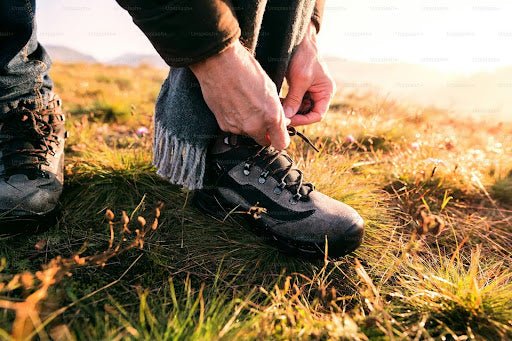
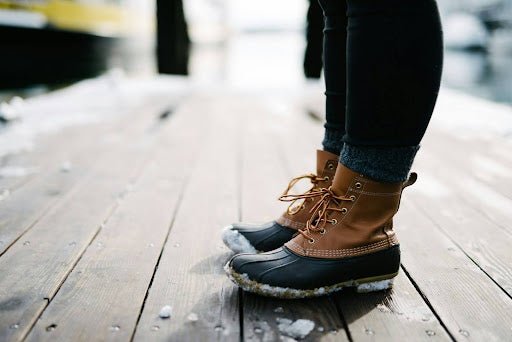
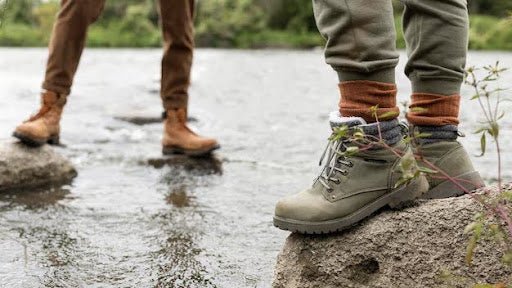
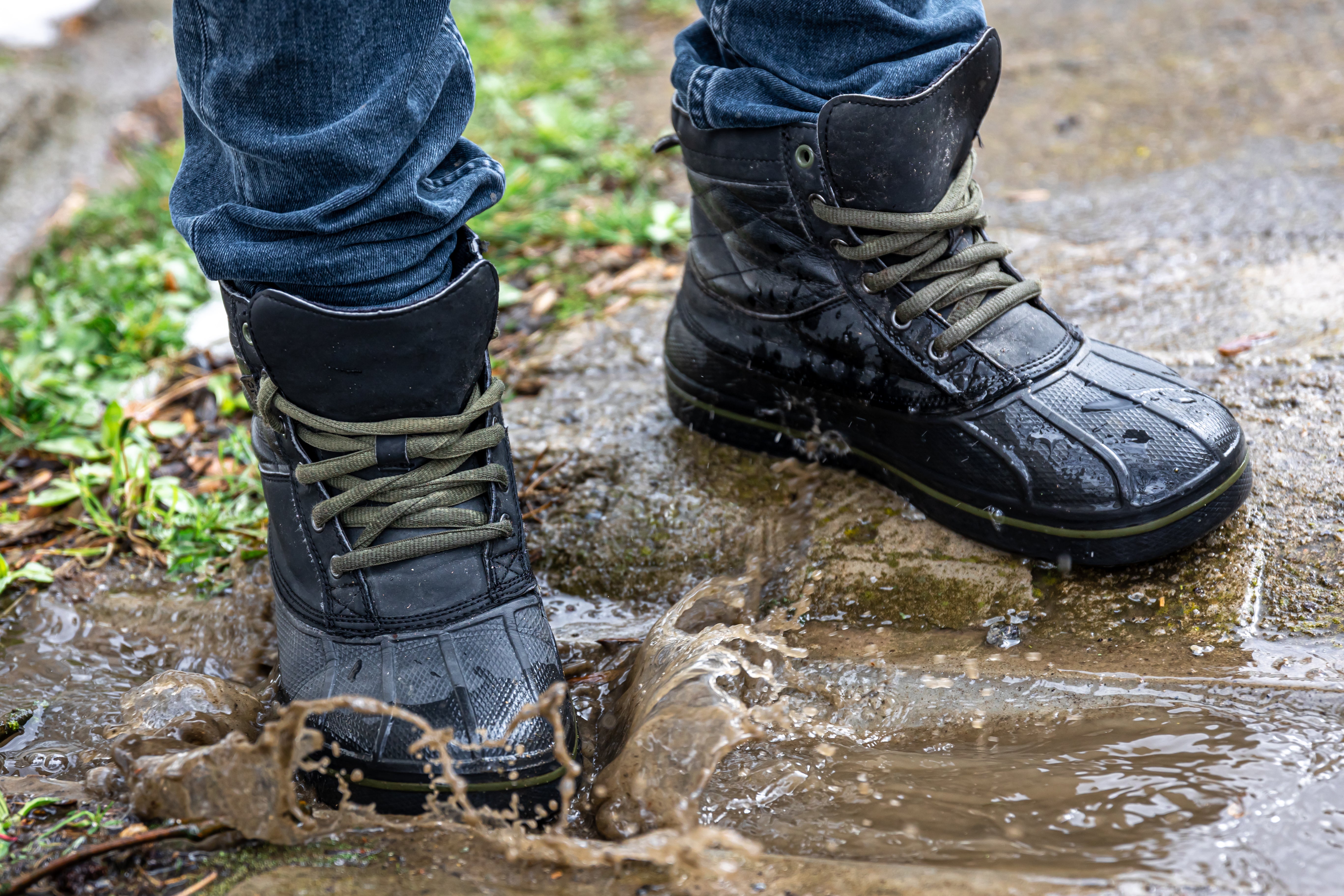
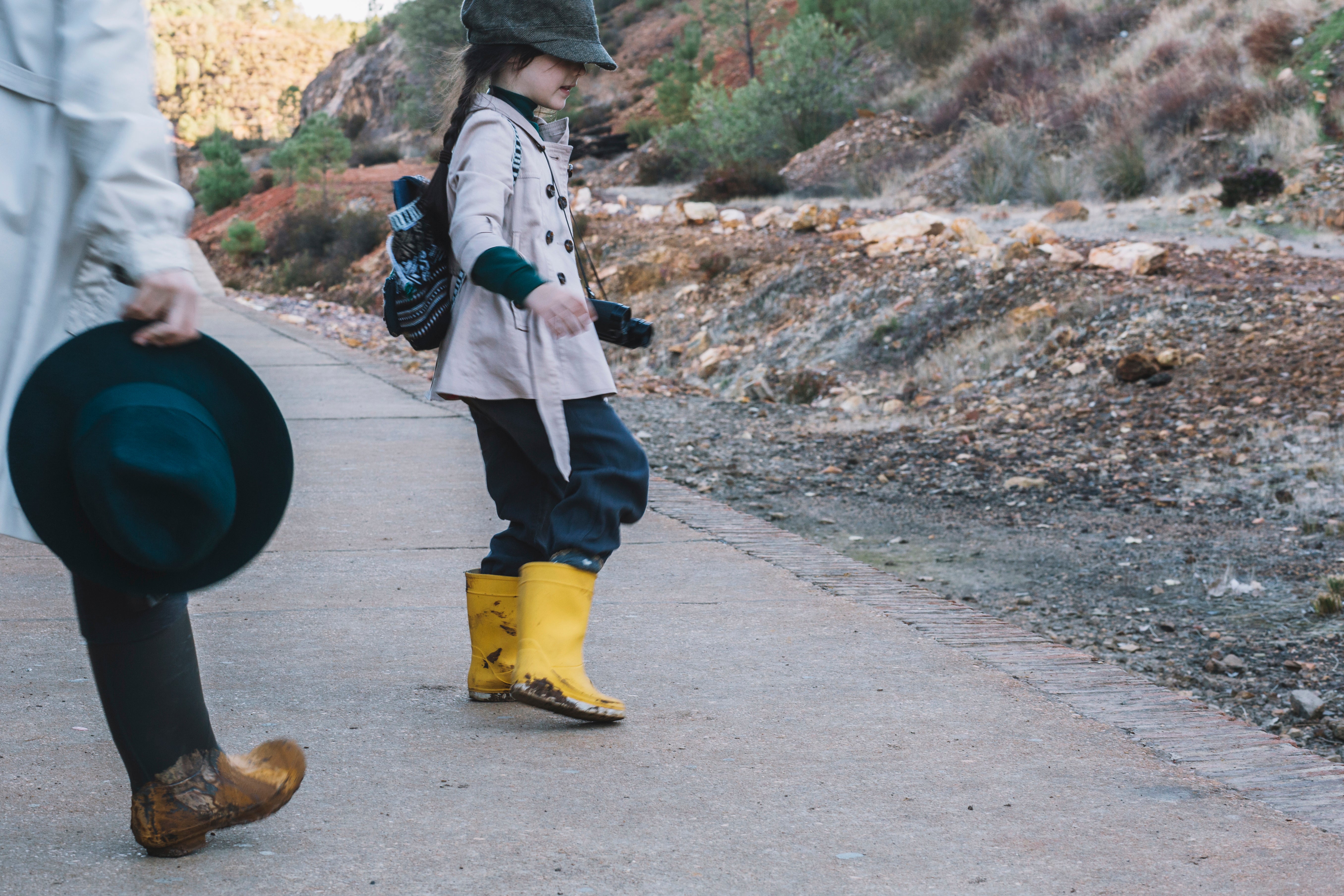
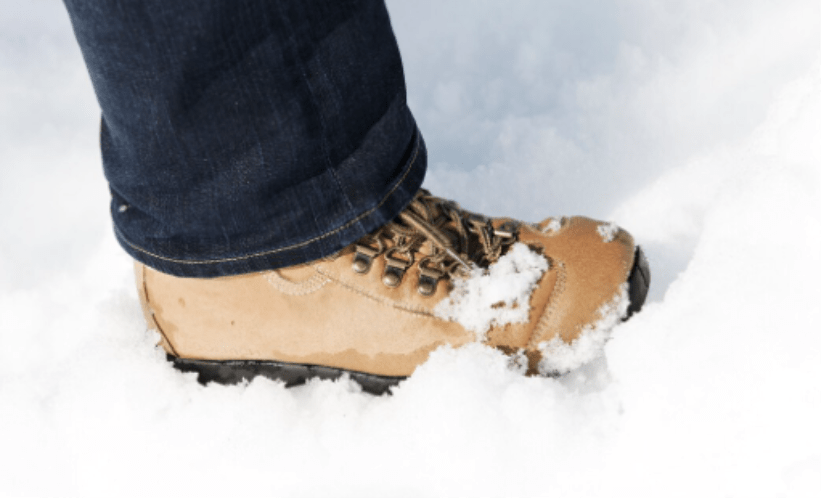
Dejar un comentario
Todos los comentarios se revisan antes de su publicación.
Este sitio está protegido por hCaptcha y se aplican la Política de privacidad de hCaptcha y los Términos del servicio.